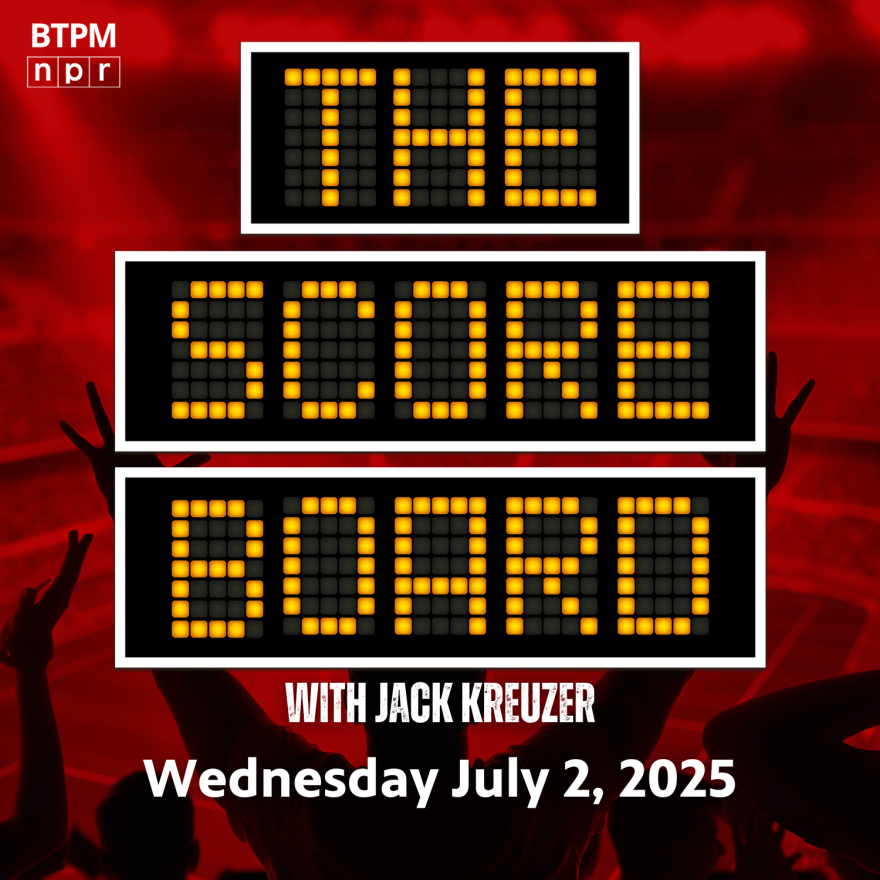July 2nd emerged as a pivotal day across the North American sports landscape, marked prominently by the opening of the National Hockey League’s highly anticipated free agency window, which immediately set the stage for strategic maneuvers from teams eager to shape their rosters for the coming season. While franchises league-wide embarked on a fervent pursuit of top-tier unsigned talent, both the Toronto Maple Leafs and the Buffalo Sabres demonstrated a notably similar and pragmatic approach, choosing to prioritize the retention of their existing core players while actively engaging in shrewd trade discussions to optimize their lineups, rather than pursuing blockbuster free agent signings. Concurrently, baseball enthusiasts found themselves engrossed in a compelling divisional series unfolding north of the border, featuring the Toronto Blue Jays and their storied rivals, the New York Yankees, adding another layer of competitive intensity to a bustling sports calendar.
The commencement of NHL free agency represents a critical juncture for every franchise, offering a vital opportunity to address roster deficiencies, enhance team depth, and ultimately lay the groundwork for a successful campaign. This period often sees a flurry of activity, from marquee signings that redefine team dynamics to calculated, lower-profile acquisitions aimed at filling specific roles. Beyond simply signing new players, Free Agency also ignites the trade market, as teams look to offload contracts, acquire assets, or make significant player swaps that can instantly alter a team’s competitive standing within the Hockey world. The strategic decisions made during this window are paramount, influencing everything from salary cap management to team chemistry and long-term sustainability.
In a move that underscored their commitment to continuity, both the Toronto Maple Leafs and the Buffalo Sabres opted for a strategy focused heavily on internal solutions and targeted adjustments. Rather than entering the bidding wars for high-profile free agents, the Maple Leafs reportedly concentrated on solidifying their existing talent pool, likely recognizing the value of established chemistry and a proven system. Similarly, the Buffalo Sabres, seeking to build on recent progress, appeared to follow a parallel path, emphasizing the importance of retaining key pieces while exploring opportunistic trades that could bring in complementary skills or address specific needs without disrupting their core. This shared philosophy suggests a belief in their current foundations and a preference for evolution over revolution in the highly competitive NHL.
The implications of such a strategy in the NHL are multifaceted. By retaining core talent, teams like the Maple Leafs and Sabres aim to preserve team identity and leverage existing player development. This approach can foster continuity, strengthen locker room dynamics, and allow coaching staffs to build upon established systems without the significant integration challenges that come with numerous new faces. Moreover, engaging in trades offers a more direct and often more efficient way to acquire specific players who fit a precise role or fill a particular void, circumventing the inflated costs often associated with the opening of Free Agency. This calculated posture can be a sign of long-term planning and a disciplined approach to roster construction in professional Hockey.
Meanwhile, the MLB spotlight shines brightly on the ongoing divisional clash between the Toronto Blue Jays and the New York Yankees. This mid-season series holds significant weight, not just for pride but for crucial positioning within the American League East standings. Every pitch and every at-bat carries immense importance as both teams vie for supremacy in one of baseball’s most competitive divisions. With the series already at its halfway point, the outcomes of these games directly impact their respective paths toward a potential postseason berth, adding a layer of drama and urgency to each contest on the Baseball diamond.
Divisional series in MLB often transcend typical regular-season matchups, taking on a playoff-like intensity. The Blue Jays and Yankees, two historically rivalrous franchises, exemplify this heightened competition. The strategic decisions made by managers, the performances of star players under pressure, and the crucial moments that define each game are magnified when facing a direct competitor in the standings. These series not only test the mettle of the players but also provide a crucial barometer for a team’s postseason readiness, highlighting strengths to lean on and weaknesses that still need addressing as the Baseball season progresses towards its thrilling conclusion.
Collectively, the events of July 2nd underscore a particularly dynamic and impactful period in professional sports. From the strategic roster construction unfolding in the NHL during Free Agency – exemplified by the measured approaches of the Toronto Maple Leafs and Buffalo Sabres – to the intense mid-season MLB divisional battle between the Toronto Blue Jays and New York Yankees, fans are being treated to a confluence of high-stakes action. These concurrent narratives highlight the relentless nature of elite competition, where every decision, trade, and game has profound implications for team compositions, league standings, and ultimately, the pursuit of championship aspirations in both Hockey and Baseball.
Discover more from The Time News
Subscribe to get the latest posts sent to your email.






